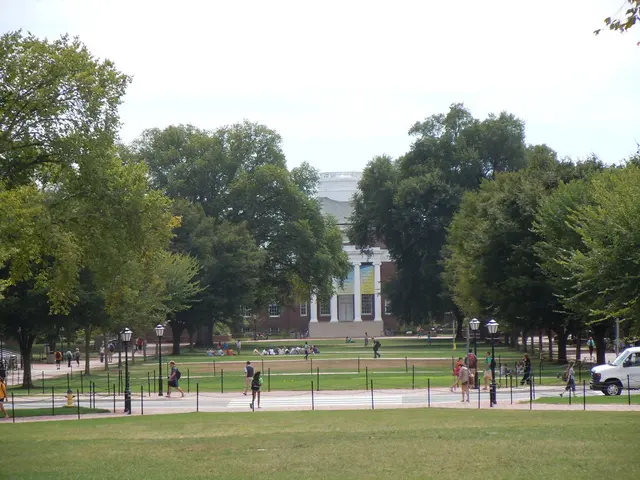Struggling Krasnodar Housing Market Faces Oversupply Amid Declining Demand
Sales of new building constructions witnessed a significant drop by one-third during the initial months of 2025.
The Krasnodar region has seen a significant drop in the number of apartment purchases in new developments in the first quarter of the year. Analysts report a 35% decrease from last year, with only 1,085 deals compared to 1,667 in the same period in 2021.
Experts attribute this declining demand to multiple factors, including market oversaturation in recent years and a reduction in affordable mortgage programs. Despite this decrease in activity, the number of new residential projects in the region has increased, from 55 to 72. This could potentially lead to an oversupply, affecting future price dynamics.
On the other hand, other regions in the country have witnessed an increase in primary real estate interest. Notably, the Kaliningrad region has seen a surge in demand for new developments, with a 2.3 times increase.
Despite the drop in deals, prices in the Krasnodar region continue to rise, with the average cost per square meter increasing by 5% to 330,100 rubles. This trend persists, even with the recent 15% increase in the cost of plots for individual housing construction in Sochi.
Background:
- High borrowing costs: Many Russians are postponing home purchases due to financial constraints, as steep interest rates have made mortgages less accessible.
- Market stagnation: The average apartment sale timeline in Krasnodar has reached 42 months, reflecting weak buyer activity despite growing inventories.
- Economic uncertainty: Reduced investment growth forecasts (1.7% for 2025) and broader economic tightening likely contribute to buyer caution.
- Supply-Demand Mismatch: Krasnodar holds one of Russia's largest unsold housing inventories, with oversupply concentrated in mid-range developments.
- Price Dynamics: Although Krasnodar-specific pricing isn’t detailed, national data shows a real-term decline in per-square-meter costs as of March 2025. This aligns with Krasnodar’s prolonged sales timelines, suggesting downward pressure on prices as developers compete for fewer buyers.
In summary, the Krasnodar region's housing market is currently experiencing a buyer's market characterized by oversupply and negotiable pricing. However, systemic risks of future shortages complicate the long-term outlook for the region.
- The Krasnodar region's housing market is experiencing a buyer's market due to oversupply, as there has been a significant drop in apartment purchases in new developments.
- Despite the decrease in deals, the number of new residential projects in the region has increased, potentially leading to an oversupply and affecting future price dynamics.
- Investors may find attractive opportunities in the Krasnodar housing market, given the negotiable pricing caused by the oversupply and buyer's market.
- High borrowing costs, economic uncertainty, and supply-demand mismatch in Krasnodar could create systemic risks for future housing shortages, complicating the long-term outlook for real-estate investing in the region.




